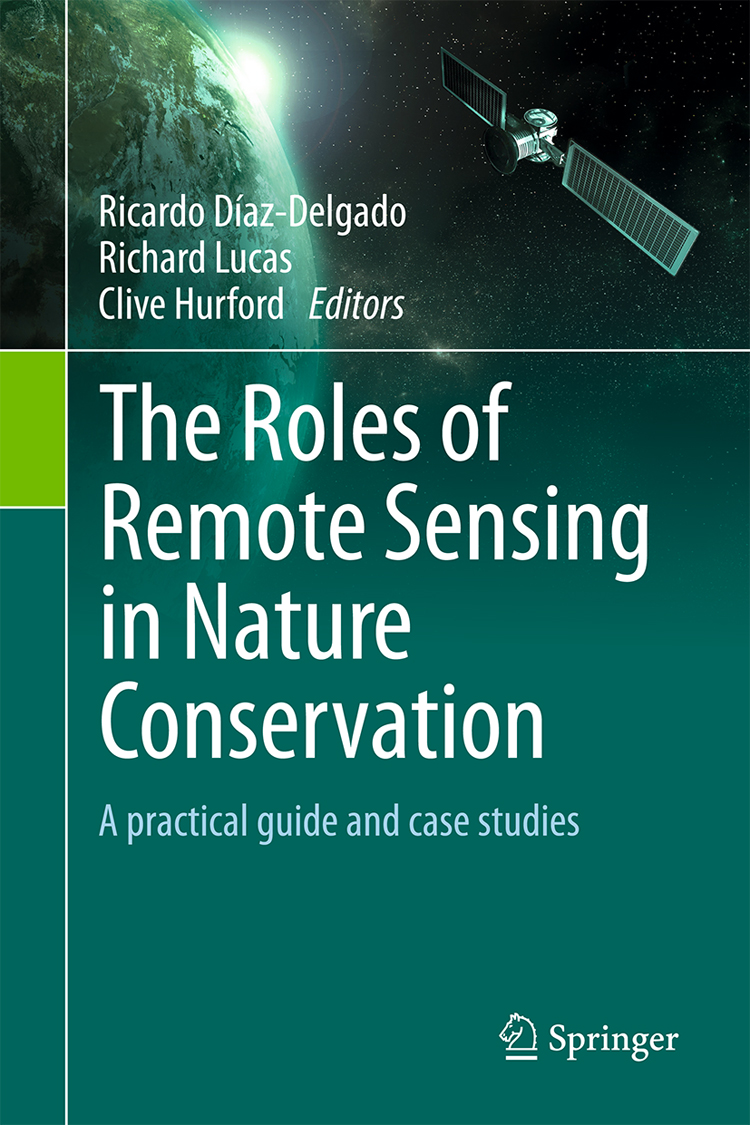During recent decades, a rapid increase in available data sources has enabled researchers to develop hundreds of new remote sensing applications using data provided by new sensors attached to satellites, aircrafts and drones. However, a major challenge remains unresolved: how to transfer the knowledge of these technological advances to conservation practitioners and facilitate access to the remote sensing products that are currently available. In this volume, the ability of new technologies, such as drones, camera traps or miniaturized sensors, to enhance our information on habitat condition, species occurrence, invasive species mapping or biodiversity is illustrated. There are several case studies from Natura 2000 and LTER sites: these were designed to meet the requirements of the EC Birds and Habitats Directives and the commitments associated with the EU Biodiversity Strategy, including regular habitat assessments. In this volume, a practical perspective on how remote sensing applications can benefit these long-term monitoring or surveillance programs is provided. With these requirements in mind, the time is now right for conservation ecologists, researchers, technicians, managers, policy makers and practitioners to embrace the new technologies and products that are available from the remote sensing community. informacion[at]ebd.csic.es: Díaz-Delgado et al (2017) The Roles of Remote Sensing in Nature Conservation. A Practical Guide and Case Studies © Springer International Publishing AG2017. Pp. 318. Springer, Cham, Switzerland. ISBN: 978-3-319-64330-4, DOI 10.1007/978-3-319-64332-8
http://www.springer.com/gp/book/9783319643304








 Las altas temperaturas están provocando que las lagunas y las marismas de Doñana pierdan agua rápidamente
Las altas temperaturas están provocando que las lagunas y las marismas de Doñana pierdan agua rápidamente



